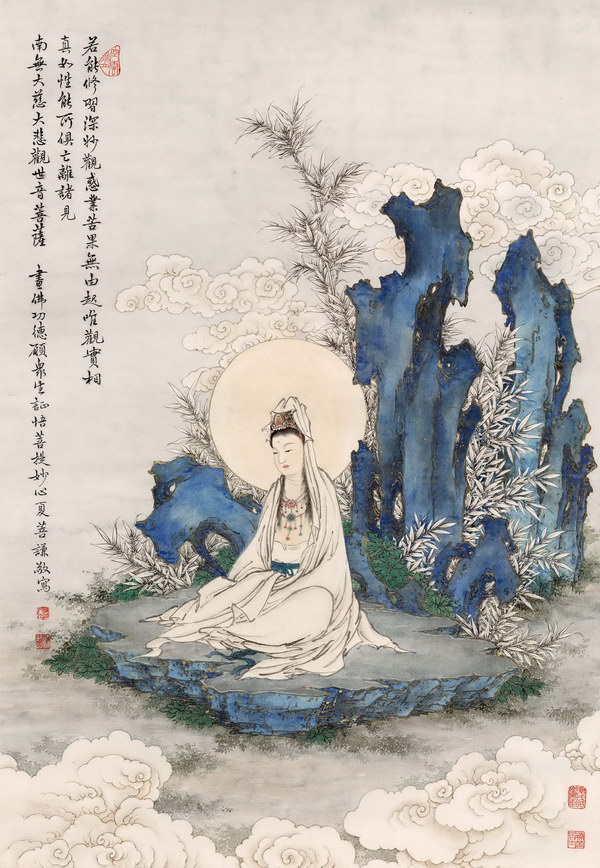
Presentation of arts often reflects the direction of soul and mind of creators, and the value lies in the inspiration of positive morals and appreciation of goodness and virtue. This paper based on the presentation of “meaning” and “implication” of Master Xia Jing Shan’s painting and calligraphy works discusses the realization of mutual benefit perspective by introduction arts to life. By doing so, we are able to share the inner meaning of soul and mind conveyed by Master Xia and to reflect on the direction of soul and mind and vision expressed in painting and calligraphy works.
This paper first examines the perspective of the influence of art presentation on soul and mind and introduces the direction and thinking of Master Xia’s painting and calligraphy works. Next, the background, religious practices, and participation in charity events of Master Xia are introduced.Through the illustrations, we are able to get to know the soul and mind of Master Xia that suggest the source of painting and calligraphy presentation should come from the respect to Buddhism, self-practices, and inspiration to others. The meaning of Master Xia’s calligraphy works lies in the “full expression of knowledge and wisdom” and at the same time, through “teaching without words,” he demonstrates “the insightful thinking” in calligraphy presentation. He integrates calligraphy and Buddhism to promote “realization of the truth of impermanence” to build a more peaceful and happier society. Through the analyses of presentation and features of Master Xia’s painting, this paper presents the content of Buddhism impermanence and looks for the harmony and unification of the inner virtue in soul and mind as well as the outer aesthetics of arts. Furthermore, this paper guides the viewers to the appreciation of self-consciousness in Master Xia’s paintings and compares two pieces of Master Xia’s works to Guan Yin of Wu Doazi in “Guan Yin Bao Xiang” (painted in Xian during Emperor Kangxi of Qing Dynasty) and “Guan Yin” painted by Puru to demonstrate the logic of “mimic painting combined with self-awareness.” We admire the persistence of Master Xia’s “selfless religious practice” at the age of 92 years old. His practices of “saint transformation” should be the model for all generations to come.
